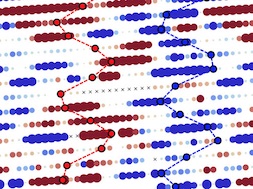How Climate Change Pseudoscience Became Publicly Accepted
The I recently wrote an OpEd for the Epoch Times which tries to succinctly capture my main grievances with the global warming scare. Here is brought again with a few comments (and references) added at its end.


